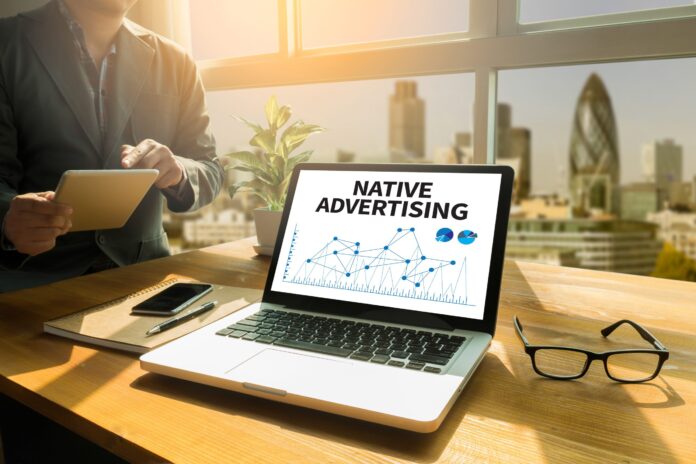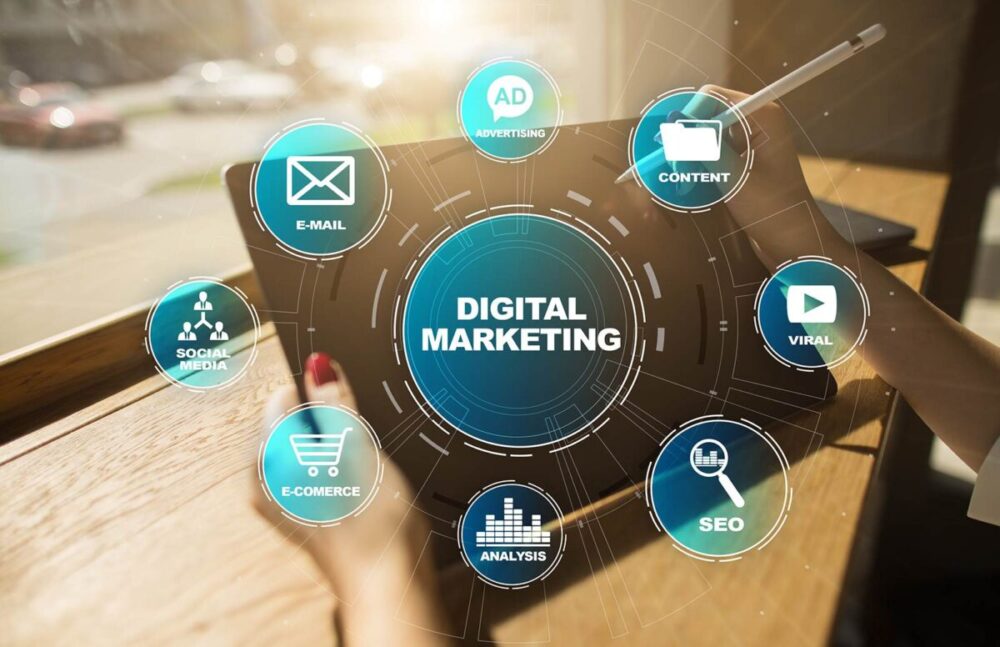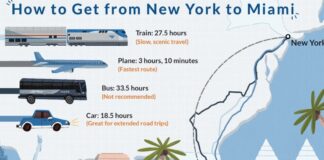
The realm of digital advertising is replete with jargon and innovative concepts, two of which—ad native and bridge pages—have emerged as significant tools in an advertiser’s arsenal. As businesses continue to leverage the digital domain for outreach and engagement, understanding these terminologies becomes pivotal. This article provides a comprehensive deep-dive into both concepts, highlighting their utilities and integration. These tools are reshaping the way businesses interact with their audience in the digital space. Incorporating them strategically can lead to more meaningful and impactful campaigns. Their nuanced application allows advertisers to bridge the gap between content and conversions, ensuring maximum engagement.
Ad Native: The Seamless Integration in Digital Content

The term ‘ad native’ is derived from native advertising, a type of advertising where the ad content matches the platform it’s presented on, yet is distinctly marked as a promotional piece.
- Organic Feel: Ad native is characterized by its seamless integration, making it less intrusive. It aligns with the platform’s style and functionality, offering a coherent and user-friendly experience. This alignment ensures that users don’t feel overwhelmed or disrupted during their browsing experience. Brands that execute ad native effectively can enjoy a level of trust and rapport with their audience. This harmony in presentation often results in more positive perceptions and associations with the brand.
- Enhanced Engagement: Since native ads don’t disrupt the user experience, they generally register higher engagement rates. They attract genuine interest and foster a higher level of interaction from the audience. This undisturbed flow means that users are more likely to engage with the content, share it, or even act upon the call to action. Their authentic feel creates a win-win scenario for both advertisers and users. By maintaining the platform’s integrity, they offer valuable content while simultaneously promoting a product or service.
- Versatile Formats: Ad natives can take various forms, from sponsored articles and videos to social media posts and interactive content. This flexibility ensures that brands can tailor their messages to the most appropriate format for their target audience. The range of formats also allows for a wider creative spectrum, ensuring that brands can experiment and innovate. Whether it’s a detailed article, an infographic, or a short video snippet, the key lies in its organic integration.
More details about Native Advertisers will be provided by our partner – https://www.mgid.com/native-advertising
Bridge Pages: The Transitional Powerhouses
Bridge pages act as an intermediary, connecting the audience from an ad or promotional content to the final offer or main content:
- Purposeful Transition: Instead of taking users directly to a sales page or main site, bridge pages provide additional information, context, or value, priming the audience for the eventual offer. They bridge the gap between interest and conversion, ensuring users have all the necessary information before making a decision. This intermediate step often reassures users, confirming the credibility and value of the offer presented to them.
- Optimizing Conversions: Bridge pages are carefully crafted to optimize conversions. They often contain persuasive elements, testimonials, or supplementary information to enhance credibility and convince users to take the desired action. With the right design and content elements, they can dramatically improve the conversion funnel. Metrics derived from these pages can also provide valuable insights, allowing brands to refine their strategies and offers.
- Measuring Effectiveness: These pages can be invaluable for tracking and analytics. Advertisers can gauge the effectiveness of their campaigns by assessing the conversion rates and user behaviors on bridge pages. This data-centric approach provides a tangible measure of the campaign’s impact. Understanding user pathways and interactions on bridge pages can guide future advertising strategies, ensuring continued optimization.
The Confluence of Ad Native and Bridge Pages

The combination of ad native and bridge pages can yield tremendous results in the digital advertising landscape
- Sequential Engagement: An audience engaged through a well-crafted native ad can be effectively directed to a bridge page, ensuring a seamless and sequential engagement process. This two-step engagement ensures a tailored and personalized user journey. By ensuring each step is optimized, brands can maximize the chances of conversion.
- Tailored User Journeys: Advertisers can create customized user journeys by pairing specific native ads with corresponding bridge pages, ensuring each segment of the audience receives the most relevant content and offers. This bespoke approach ensures that specific audience segments feel understood and valued. Customization leads to better engagement rates, as content and offers align closely with user preferences and needs.
- Enhanced ROI: By synergizing the organic appeal of native ads with the persuasive power of bridge pages, advertisers can optimize their return on investment, maximizing both engagement and conversions. This combined approach offers a holistic advertising strategy, ensuring all stages of the user journey are addressed. The result is a more refined and effective advertising campaign, delivering better results for every dollar spent.
Best Practices for Integrating Ad Native and Bridge Pages
For advertisers looking to harness the combined potential of ad native and bridge pages, certain best practices can prove invaluable:
- Consistency is Key: Ensure that the messaging and design between the native ad and bridge page are consistent, offering a coherent user experience. A unified brand voice and aesthetics across both platforms enhance trust and recognition. Users should feel they are on a consistent journey, with each step logically following the previous.
- Value Proposition: Both the ad and the bridge page should clearly convey the value proposition, highlighting the benefits or solutions offered to the audience. This clarity ensures that users understand the offer’s value immediately, making them more likely to convert. A strong, compelling value proposition can be the differentiator in a crowded digital space.
- CTA Optimization: Effective call-to-actions (CTAs) are pivotal. Ensure they are compelling, clear, and strategically placed. A well-positioned CTA, combined with persuasive content, can significantly boost conversion rates. Test different CTA designs and wordings to determine what resonates best with your target audience.

Conclusion:
The intricate dance between ad native and bridge pages is a testament to the evolving sophistication of digital advertising. As brands seek more refined, effective ways to connect with their audience, the harmonious integration of these tools provides a pathway for enhanced engagement and conversions. In the ever-evolving digital landscape, understanding and leveraging such strategies can make the difference between an ordinary campaign and a standout one. Advertisers should continually refine their approaches, staying abreast of the latest trends and best practices, to ensure their campaigns remain effective and relevant.








